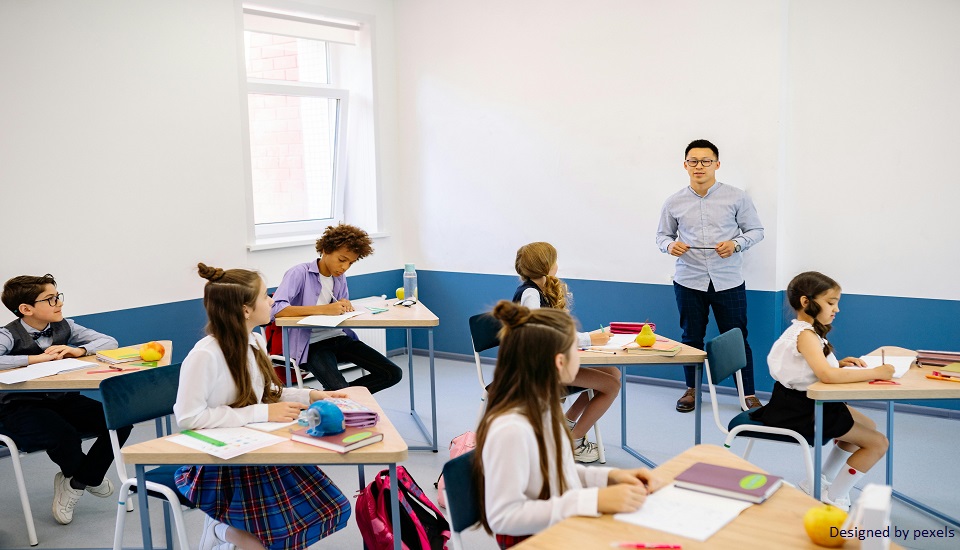If you are a teacher or are already one, you would know how difficult it is to keep students' attention. Continuous learning can feel a bit overwhelming. And so, you need to include some activities like brain breaks that can help their mind and body reset and refocus after a period of brain work.
One such brain-break activity is the 'Would You Rather' game, also known as the 'This or That' game. If you are familiar with this game, you will know how simple yet captivating it can be. It helps individuals to solidify their learning and boost creativity, reasoning, and social skills with better concentration.
How Does the 'Would You Rather' (WYR) Game Help?
In this game, participants are given two options and must choose one with valid reasoning. When used in classrooms, WYR serves a meaningful purpose. It supports higher-order thinking, improves subject knowledge, and enables students to study and research concepts thoroughly. WYR can be an impressive tool for teachers to contribute to a better learning experience in subjects like mathematics, language arts, science, or electives.
Here's how you can apply WYR in several subjects and accordingly promote improved student learning:
- Mathematics
In Math, WYR can be a great warm-up activity or 'bell ringer.' It is a fantastic way to revise students' prior knowledge and prepare them for the day's lesson. For instance, while beginning a unit on the metric system, you can ask, "Would you rather lift a 5-kilogram weight or a 10-pound weight?"
For higher-level thinking, try to ask, "Why?" after every response. At the end of the session, try presenting a more complex problem: "Jared wants to dog-sit for five hours. He can earn $15 per hour for one dog or $40 per dog for the entire time. If you were Jared, which option would you choose?"
- Language Arts
WYR also works for language arts. It is known to be incredibly versatile, helping students think thoroughly about literature. Before reading a book, you can use WYR to initiate discussion about students' preferences and background knowledge. For instance, before starting 'The Lion, the Witch, and the Wardrobe,' ask, "Would you try to explore a magical land with talking animals or stay safe and cozy in your world?
During reading, push students to analyze characters, plot points, and themes: "Would you rather have the bravery of Harry Potter or the intelligence of Hermione Granger? Why? Explain."
Post-reading session, you can ask: "Would you rather change the main character's goal in this novel or the obstacle they face? Explain why and how this change would alter the plot?"
Moreover, you can use WYR to spice up the writing process. If your students struggle to keep up with ideas, encourage them to ask each other questions like, "Would you rather write a story with a happy ending or a sad one? Why?" WYR also helps students receive more meaningful feedback from their peers: "Would you rather I wrote my character's dialogue with a lot of emotion or keep it neutral?"
- Science & Social Studies
In science and social studies, WYR helps bring complex concepts to life in a relatable way. Before starting the lesson, ask them, "Would you rather live in the North or South Pole?" Consider triggering reflective and rational thinking abilities.
As an assessment tool, you can utilize WYR as: "Would you rather have witnessed the construction of the Great Wall of China or the building of the Pyramids? Explain your choice."
- Electives
What happens when you use WYR as a creative and social tool? In Art, students can compare different mediums or styles: "Would you rather work with pastels or charcoal for your artwork? Why?"
In physical education, engage students in lively debates about strategic positions in various sports. Let them explore the fascinating differences between nutrition choices. This dynamic exchange of ideas sharpens their understanding of athletics and cultivates a deeper appreciation for healthy living.
- Adaptations
The WYR game is highly adaptable. To enhance conversational skills among students, consider organizing them into groups based on their selected answers. Encourage each group to discuss and provide supporting evidence for their choice. Following this, facilitate a session where they listen to peers who selected opposing answers and encourage them to defend their positions. This method is highly effective in developing debate skills and fostering critical thinking.
Be flexible enough to allow students to change their minds, showcasing their enhanced critical thinking abilities. When students revise answers based on newly gained information, they practice comparing and evaluating evidence, which intensifies their cognitive skills.
Bottom Line
By now, you must have noticed how a fun game can turn into a powerful tool to initiate higher-level thinking. By motivating students to explain and support their answers with reasoning, WYR becomes more than just a game. For teachers who have pursied International Teaching Diploma in Bangalore, it becomes the source of deeper understanding and critical thinking.
Written By : Varsha
